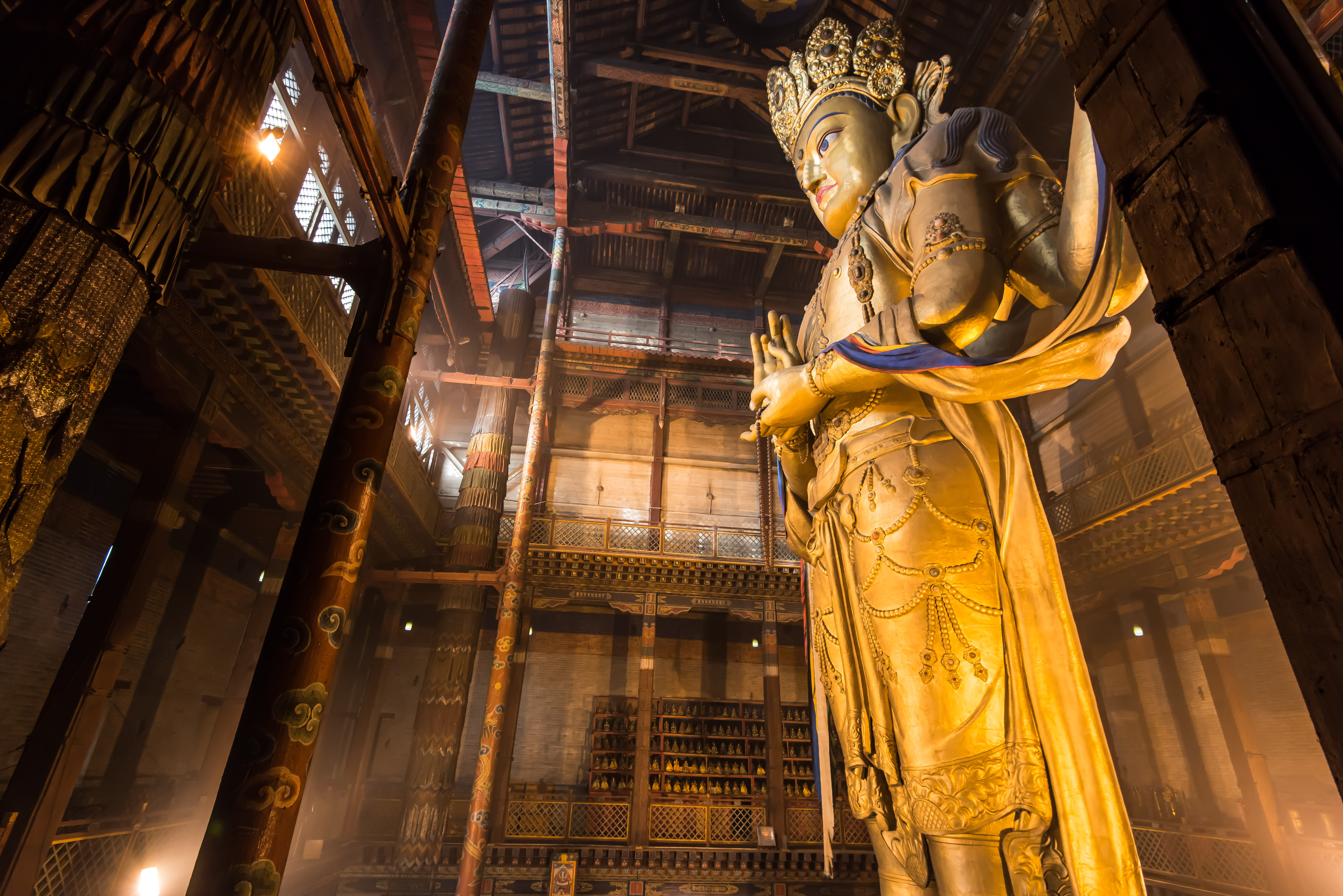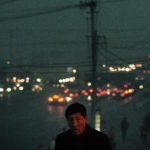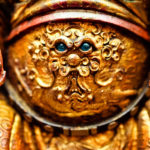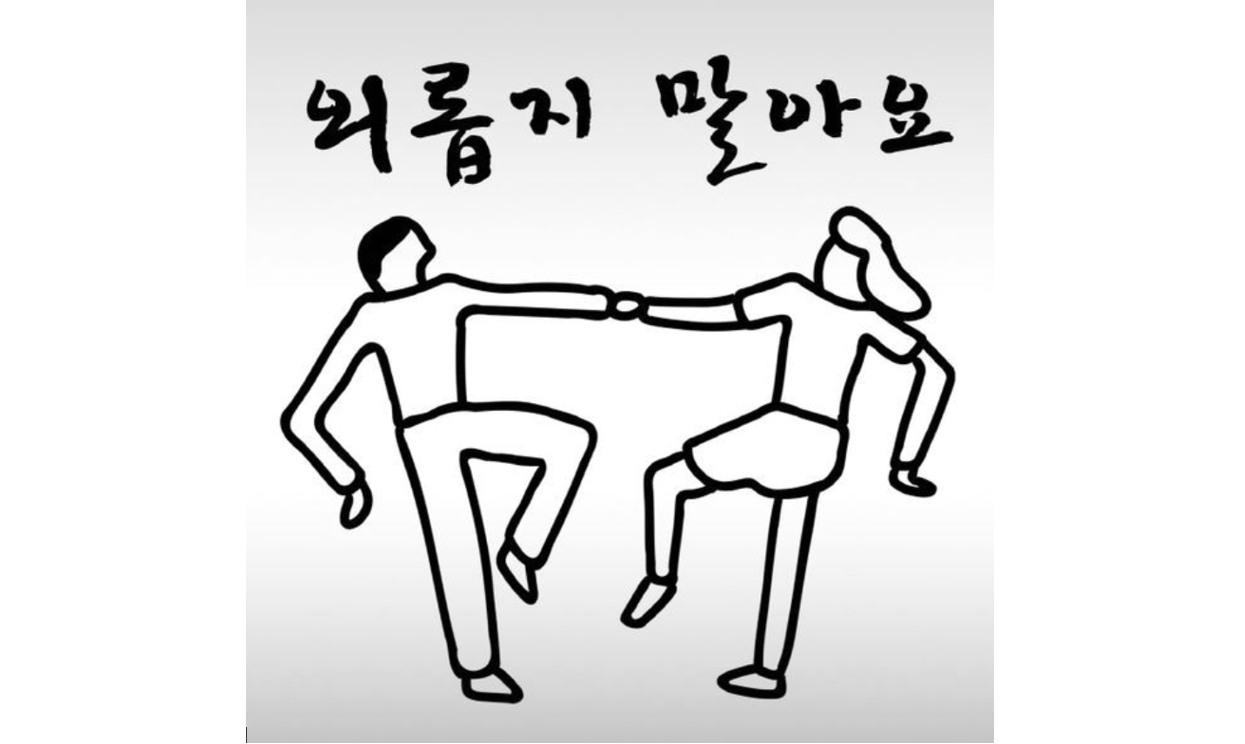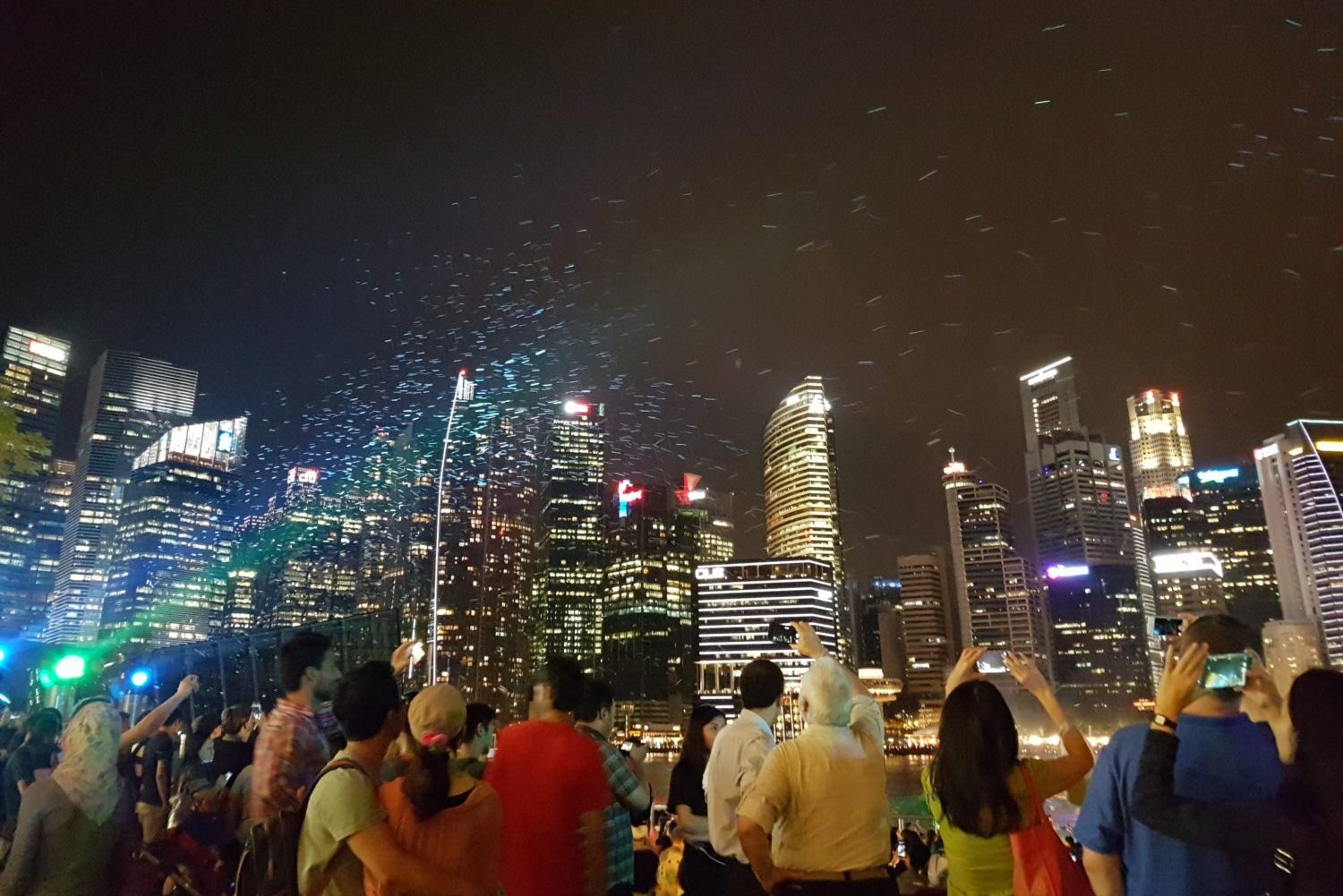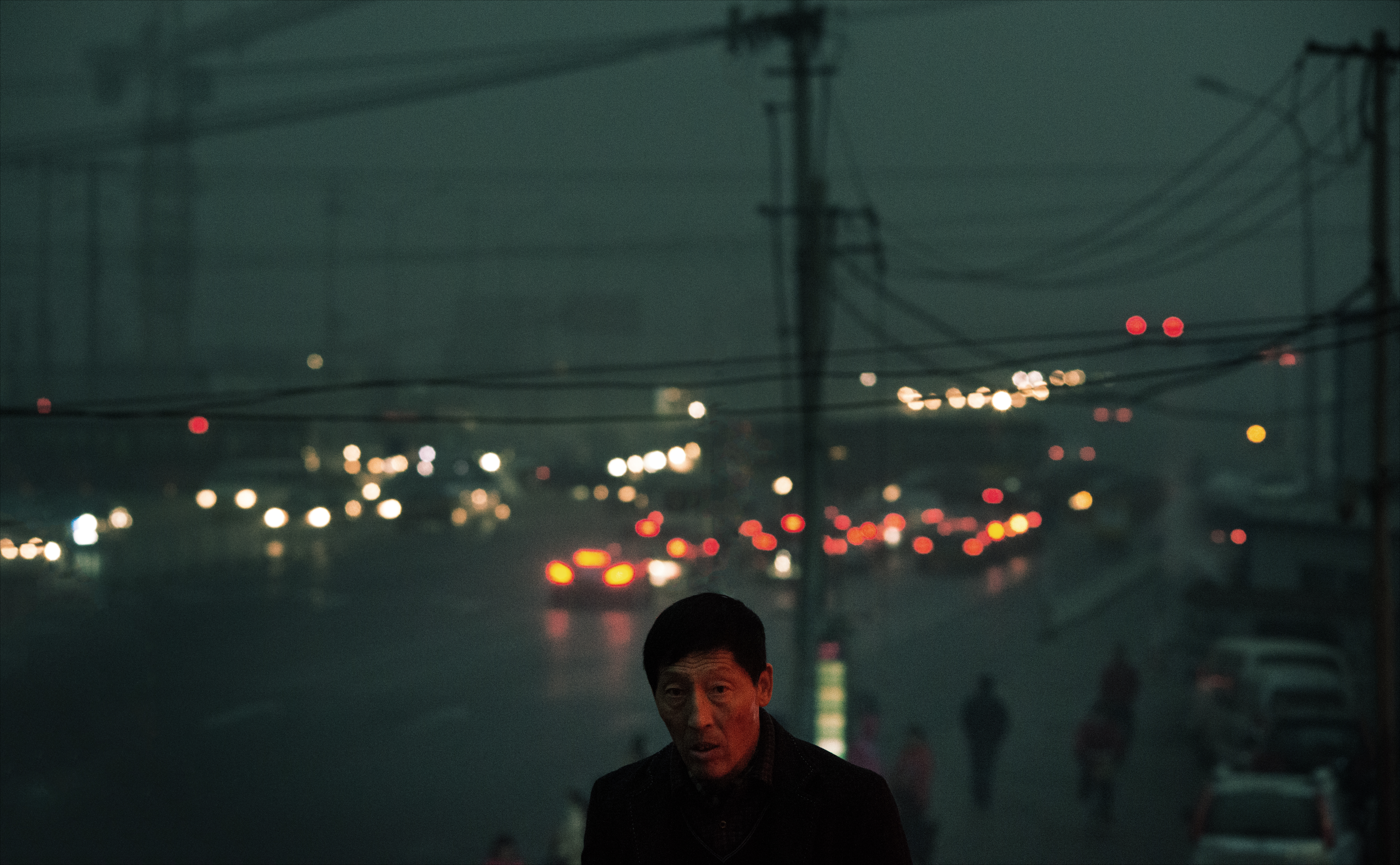Ulaanbaatar, the capital city of Mongolia, is the coldest capital city in the world. It is home to around 1.3 million citizens, 45% of the whole country’s population. The population density in the city makes it curious for a country that has on average a population density of only two people per square kilometer and is 15 times the size of South Korea in terms of territory. Ulaanbaatar was founded in 1639 as a movable nomadic Buddhist center, under the name of Ikh Huree, which literally translates to “Great Settlement.” Since Mongolians were nomadic, the settlement would move according to supply and demand around the rivers Tuul, Orkhon and Selenge. As Gers (Yurt), traditional portable round tents, were the primary housing for Mongolian nomads at that time, it was relatively easy for families to move from one place to another. However, the settlement expanded while moving around, making it more and more difficult to do so, and finally settled in its current location in 1778.
After the decline of the Great Mongolian Empire in the 17th Century, Mongolia was under the Qing Dynasty rule for 220 years until 1911, when Mongolia declared independence. In 1921, Mongolia became a satellite state of the Soviet Union, and consequently in 1924 the city was renamed Ulaanbaatar or “Red Hero” by the influence of Soviet Russia. After 70 years under the communist rule, the city had shifted from traditional housing to Russian-style apartments until Mongolia became a democracy in 1990. Once the economy opened up, Mongolia experienced rapid development and a boom in the mining sector, which helped modernize Ulaanbaatar.
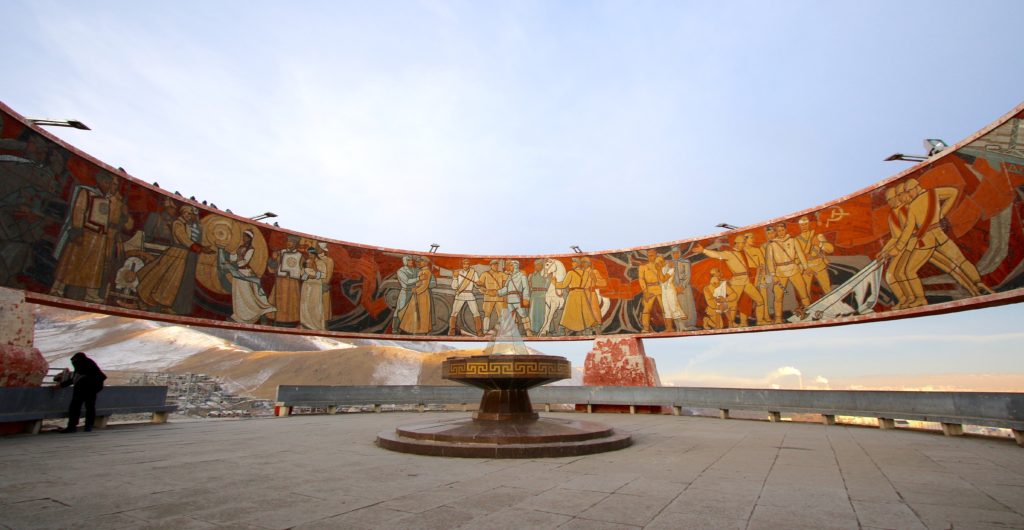
Communist Monument
Ulaanbaatar is divided into nine districts, consisting of the city center and the surrounding Ger districts, which accommodate more than half of the city’s population. The city center is marked by the main square “Sukhbaatar” named after the father of the Mongolian revolution and its independence. In front of Sukhbaatar square lies the government building, which is the Mongolian equivalent of the White House. It went through recent renovation in 2006 and now includes a history museum and a huge monument of the Great Khans or kings of Mongolia; Ogodei Khan, Kublai Khan and the great Genghis Khan.
The most popular destination for the younger generation is only a five-minute walk away from the square. Shopping centers, jazz bars, fast food chains as well as high quality restaurants are all located in a single street. What makes the city special is the beautiful landscape that surrounds the city. The mountains are a mere 20-minute drive away from the city center, making them perfect for a one-day getaway. The Bogd Mountain, which lies in the Southern part of Ulaanbaatar is one of the most popular destinations not too far from the city center, where you can find many tourist attractions: a huge golden statue of Buddha, a portrait of Genghis Khan painted on the mountains and a communist era monument. Apart from the cultural sights, the South side of Ulaanbaatar is considered to be the most developed part of the city and home to its richest people. Luxurious apartments and three story houses are signs of the development and prospects of Ulaanbaatar and modern Mongolia.
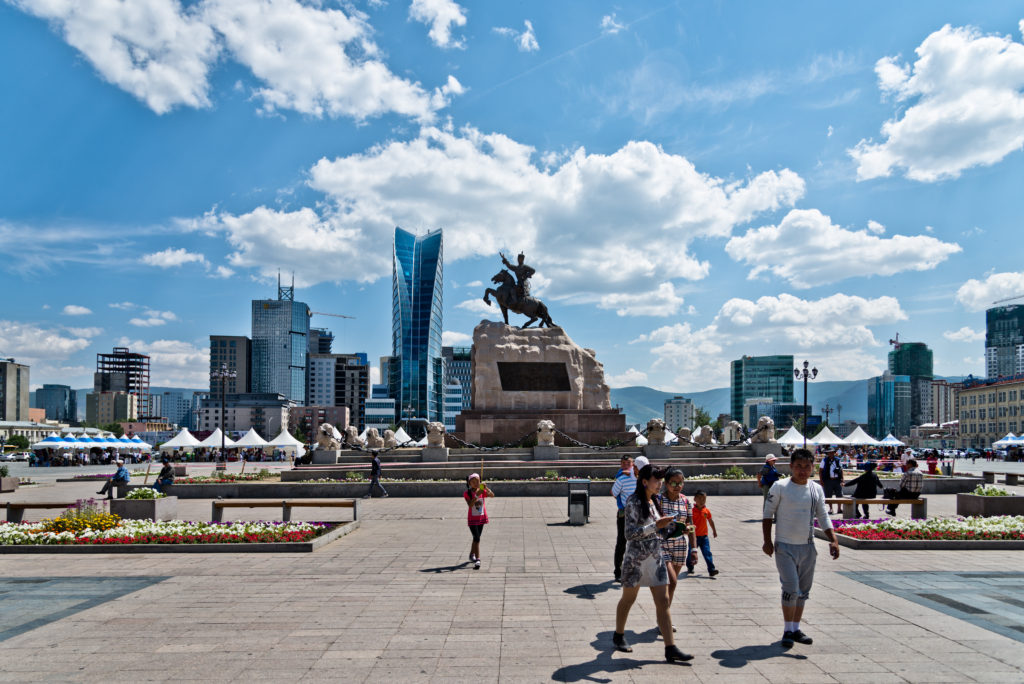
Ulaanbaatar City Center
Ulaanbaatar has Buddhist origins and nowadays monasteries can still be found in almost every district of the city. The biggest one, the Gandantegchilen Monastery, is also a popular destination for tourists who want to experience Tibetan Buddhism. Translated as the “Great Place of Joy” from Tibetan, Gandantegchilen Monastery was built in the beginning of the 19th Century. It is well-known for having housed the current Dalai Lama’s predecessor. As the country adopted communism, all but a few monasteries were destroyed and around 15,000 monks were killed. Gandantegchilen was one of the fortunate few monasteries to survive and it was renovated with private donation funds and reopened in the 1990s.
During the restoration, a 27-meter-high statue of Avalokiteśvara, a Tibetan Buddhist deity, was built in gold with over 2,000 precious stones. Tourism has become widespread and profitable in Mongolia and several tourist attractions and resorts have been built not too far from the city. A forty-meter-tall equestrian statue of Genghis Khan can be found 60 kilometers east from the city. Visitors can actually go inside the statue to the head of the horse to enjoy a panoramic view of the mountains. Also, east of the city lies a national park with lots of resorts and tourist complexes to easily experience the countryside.

Gandantegchinlen Monastery
Ulaanbaatar might not be the ideal city to live in, but it is without doubt a city of great opportunities, as it is the financial hub of one of the fastest growing economies rich in mineral resources and a vast amount of untouched land. Mongolia is open to international cooperation and investment, evident in the fact that the next Asia-Europe Meeting Summit will be held in Ulaanbaatar. In any case, home to modern nomads, Ulaanbaatar has grown into a city with unique features and a close connection to the nature that surrounds it. To visitors and citizens alike, Ulaanbaatar feels like an odd and unusual yet spectacular and heartwarming ambient place.
By Tengis Bat Ulzii
- NOVAsia Is Hiring: Call For Applications and Contributors for Spring 2025! - February 26, 2025
- NOVAsia Is Hiring: Call For Applications and Contributors for Fall 2024! - August 20, 2024
- NOVAsia Is Hiring: Call For Applications and Contributors! - February 19, 2024

